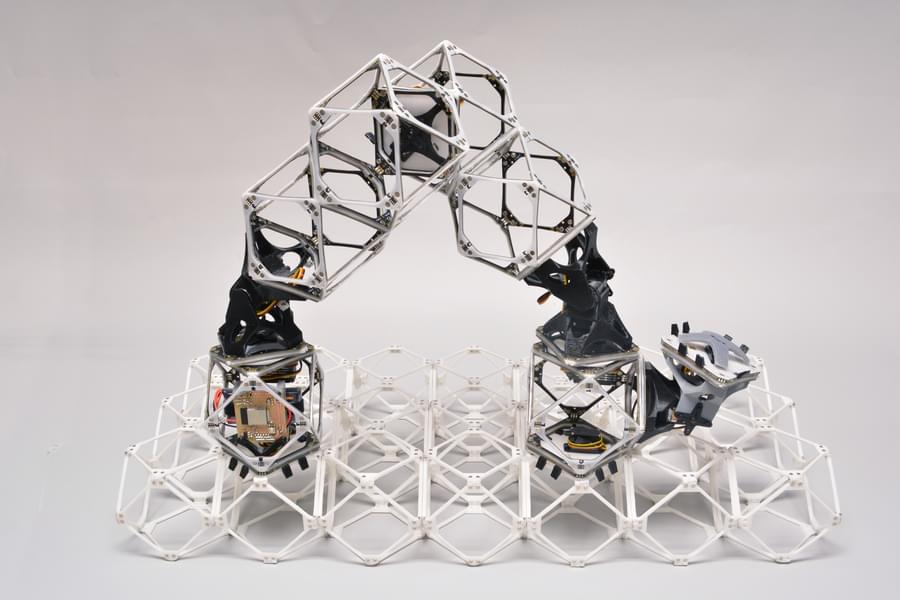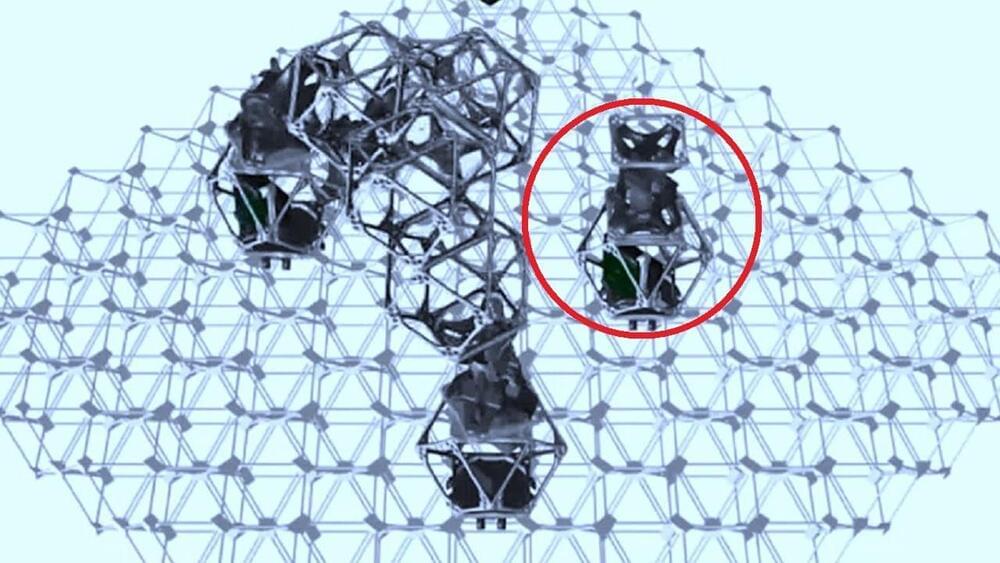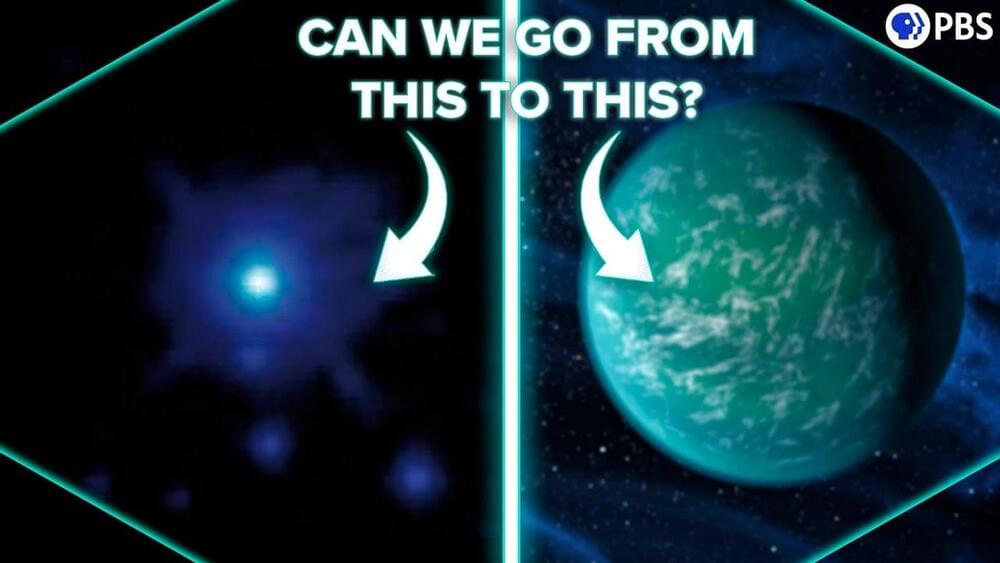
The combined force of these disruptive technologies (AI and 5G) enables fast, secure, and ubiquitous connectivity of cost-efficient smart networks and IoT (Internet-of-Things) devices. This convergence point is essential to concepts like intelligent wireless edge.
5G and AI, the connected digital edge
Artificial intelligence and 5G are the two most critical elements that would empower futuristic innovations. These cutting-edge technologies are inherently synergistic. The rapid advancements of AI significantly improve the entire 5G ecosystem, its performance, and efficiency. Besides, 5G-connected devices’ proliferation helps drive unparalleled intelligence and new improvements in AI-based learning and inference. Moreover, the transformation of the connected, intelligent edge has commenced as on-device intelligence has garnered phenomenal traction. This transformation is critical to leveraging the full potential of 5G’s future. With these prospects, these technologies hold enough potential to transform every industry. Here’s how the combination of AI and 5G has been reshaping industries.









